The Bolshoi: Under the exacting eye of Makhar Vaziev
The ballet director of the Bolshoi Ballet took over the job in 2016 at a particularly tense time for the company when his predecessor was partially blinded in an acid attack organised by one of its male dancers
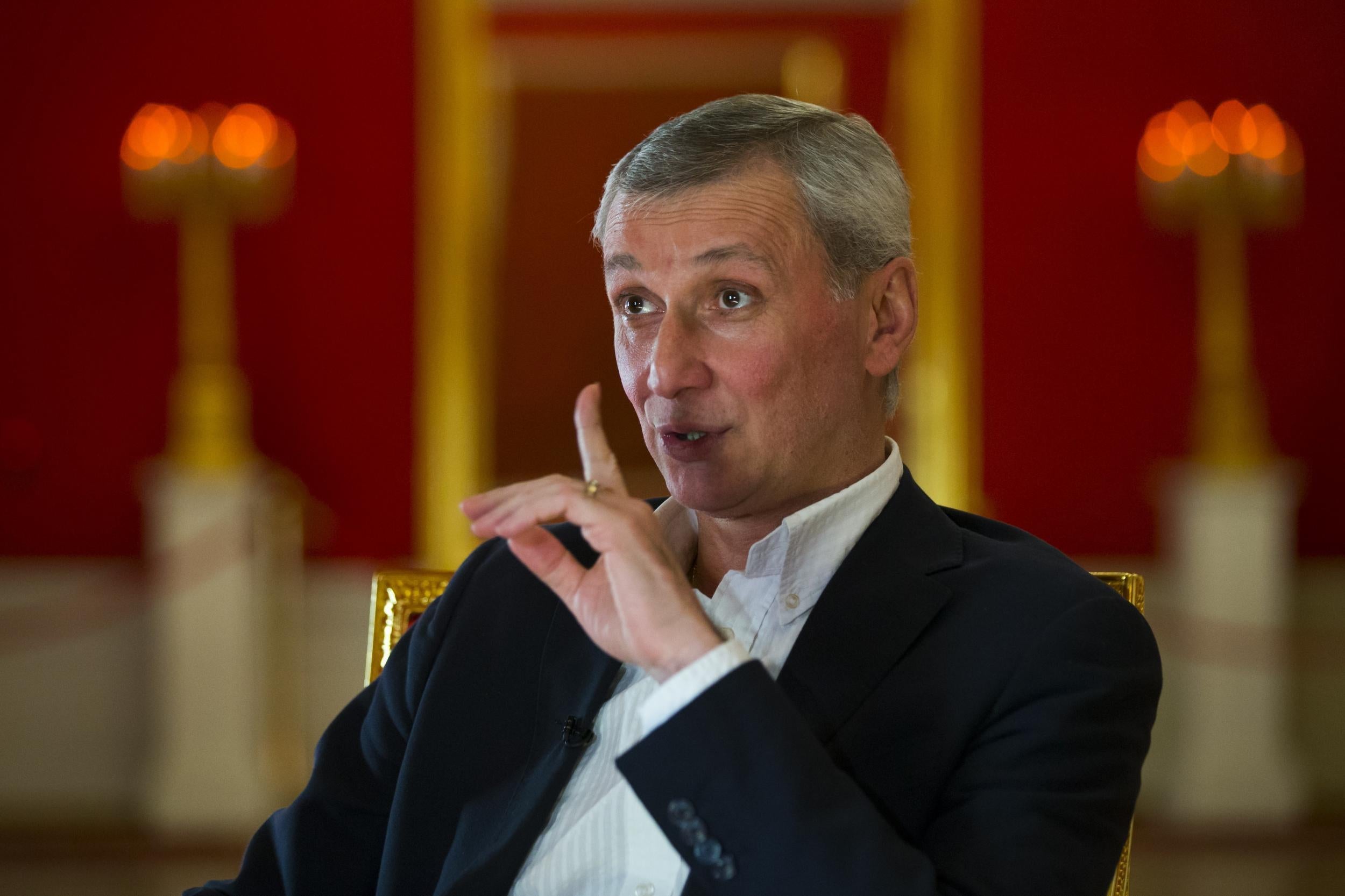
Your support helps us to tell the story
From reproductive rights to climate change to Big Tech, The Independent is on the ground when the story is developing. Whether it's investigating the financials of Elon Musk's pro-Trump PAC or producing our latest documentary, 'The A Word', which shines a light on the American women fighting for reproductive rights, we know how important it is to parse out the facts from the messaging.
At such a critical moment in US history, we need reporters on the ground. Your donation allows us to keep sending journalists to speak to both sides of the story.
The Independent is trusted by Americans across the entire political spectrum. And unlike many other quality news outlets, we choose not to lock Americans out of our reporting and analysis with paywalls. We believe quality journalism should be available to everyone, paid for by those who can afford it.
Your support makes all the difference.Soon after becoming the ballet director at the Bolshoi Theatre, Makhar K Vaziev installed a large flat-screen television next to his desk that allows him to monitor the rehearsal rooms and the two main stages. The screen divided into nine squares.
On a recent afternoon, as the company prepares to leave for a 10-day run at Lincoln Centre in New York that begins this week, he watches as Elvina Ibraimova rehearsed onscreen, then calls the studio to tweak a variation.
“The pas de bourrée should be faster; the turn, less but more active,” he says, as she adjusts. “The left hand in that direction, the right in this – put it in front of yourself right away. Understand?”
At first, the dancers and ballet teachers are startled at this big brother method of remote supervision, he says, but he seems to want them to know that he is always there.
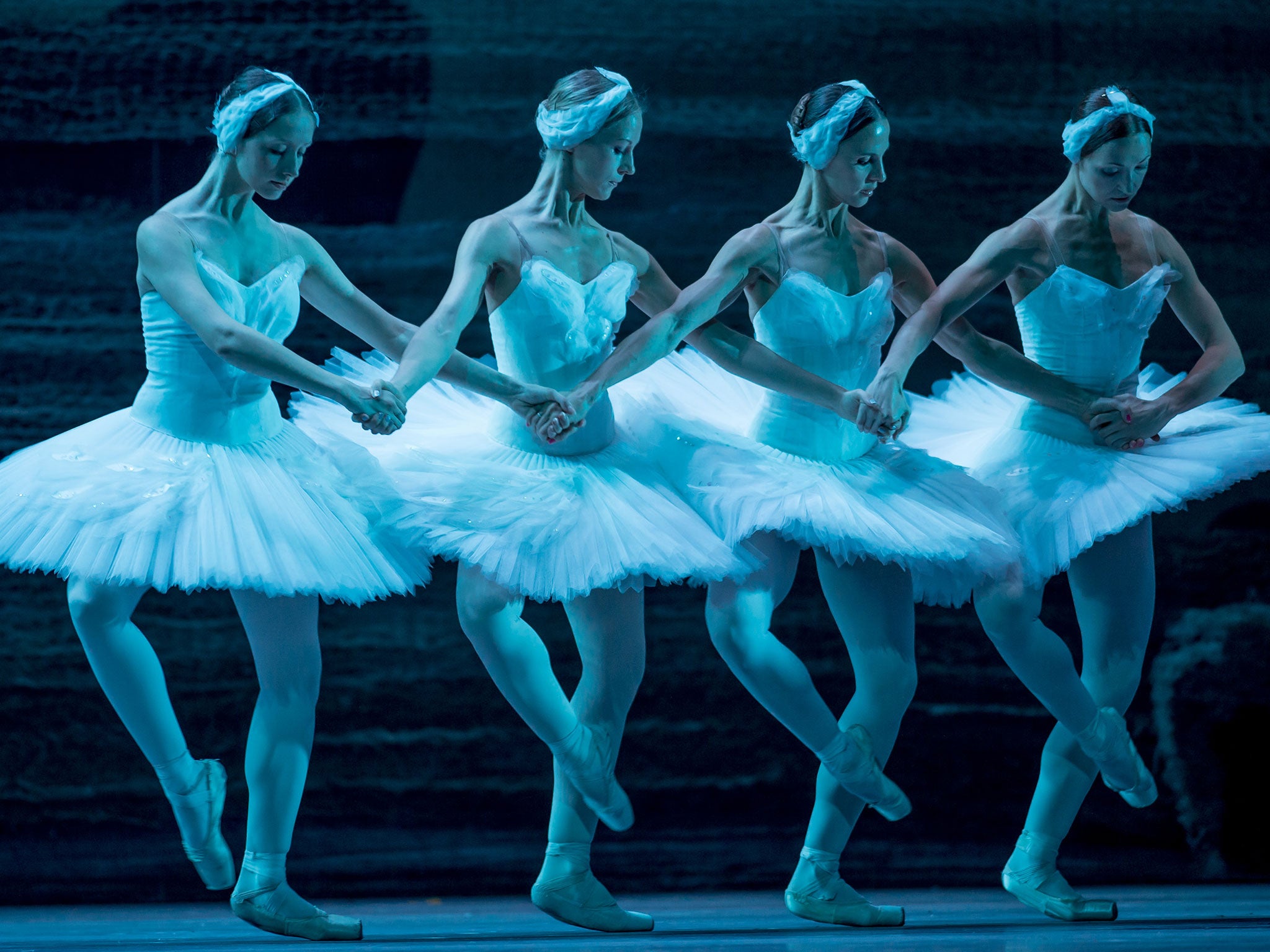
Vaziev, the former ballet director at two exacting companies, the Mariinsky Theatre in St Petersburg and La Scala in Milan, was appointed at the Bolshoi in March 2016 at a particularly fraught moment in the company’s long, tangled history.
Sergei Filin, his predecessor, was partially blinded in an acid attack that a rising young male star, Pavel Dmitrichenko, was jailed for organizing. The scandal revealed the polarised, Balkanised world in the wings of the Bolshoi, where the corps de ballet felt they were treated like cattle and accused the management of exploiting their positions for personal profit.
The Bolshoi is also trying to readjust the rigidly classical repertory that defined its Soviet period, but it has stumbled in its most high-profile attempt thus far. Three days before an opening scheduled for last week, Vladimir Urin, the company’s new general director, who was appointed after the acid attack, announced, with Vaziev standing beside him, that the premiere of Nureyev, a groundbreaking biographical piece, would be postponed for at least a year.
The Bolshoi has basically always been viewed as the Kremlin’s stage, and the state still underwrites 70 per cent of its budget. After the government first brought in Urin, he telephoned Vaziev to offer him the job of ballet director. Vaziev says his first reaction was to reject the post, which he had done several times before. But Urin persisted.
Vaziev says that what really attracted him to the Bolshoi was its scale, of both its productions and its ambitions. It was not just the 220 dancers and nearly 30 instructors, he says, but also that the Bolshoi fosters its own talent in virtually all aspects of ballet – dancers, musicians, choreographers, costume designers and so on.
“This is a huge empire,” he says. “I did not have that at La Scala.”
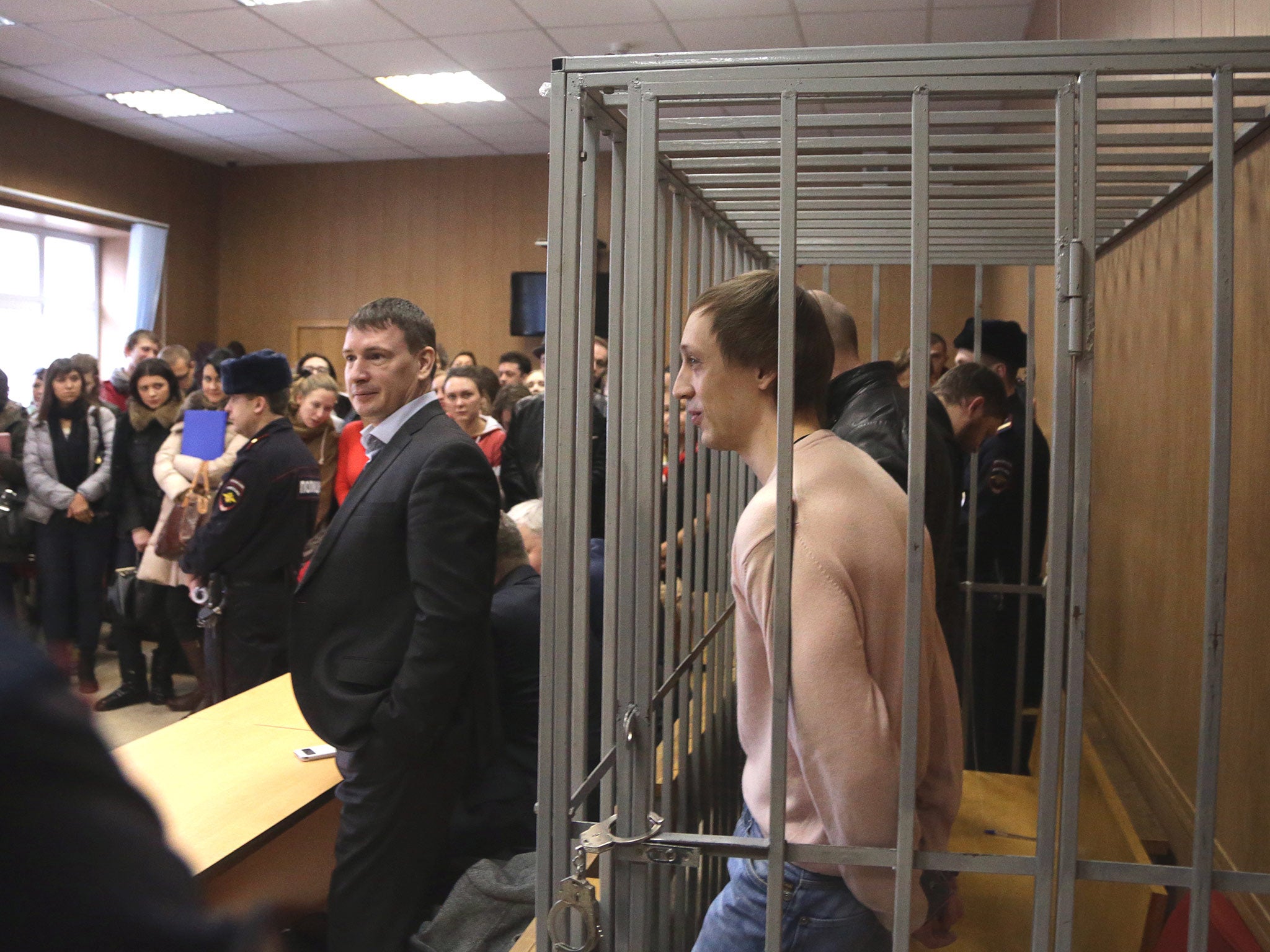
Vaziev, 56, his hair greying, still carries himself with the erect posture of the star dancer he once was – his polished black oxfords pushing out toward first position.
As a boy, he won a spot reserved for children from the provinces at a prestigious ballet school in what was then Leningrad, drawn there less by ballet than by an elderly neighbour in North Ossetia, who had filled his head with tales of glamorous city life.
Vaziev feared his mandatory two-year army service would end his dancing career, but he landed in a military dance troupe and then joined the Kirov, the Soviet incarnation of the Mariinsky. After becoming a principal dancer, he worked his way up through the management under Valery Gergiev, serving as ballet director from 1995 to 2008, then left for La Scala.
At the Mariinsky, Vaziev was known for a willingness to experiment with choreographers, so there is some anticipation that he will change the even more traditional Bolshoi.
Audiences around the globe want to see the Bolshoi because it maintains the exacting standards of classical ballet, he said. Yet recognising that it is a classical company does not mean rigid adherence to form, he said, suggesting that his ideal would be 70 per cent older repertory and 30 per cent more contemporary works.
Given that dances by Yury Grigorovich, 90, remain central to the Bolshoi, any such changes provoke grumbling among devotees both inside and outside the theatre that Vaziev is perverting Soviet standards that have long gilded the company’s reputation.
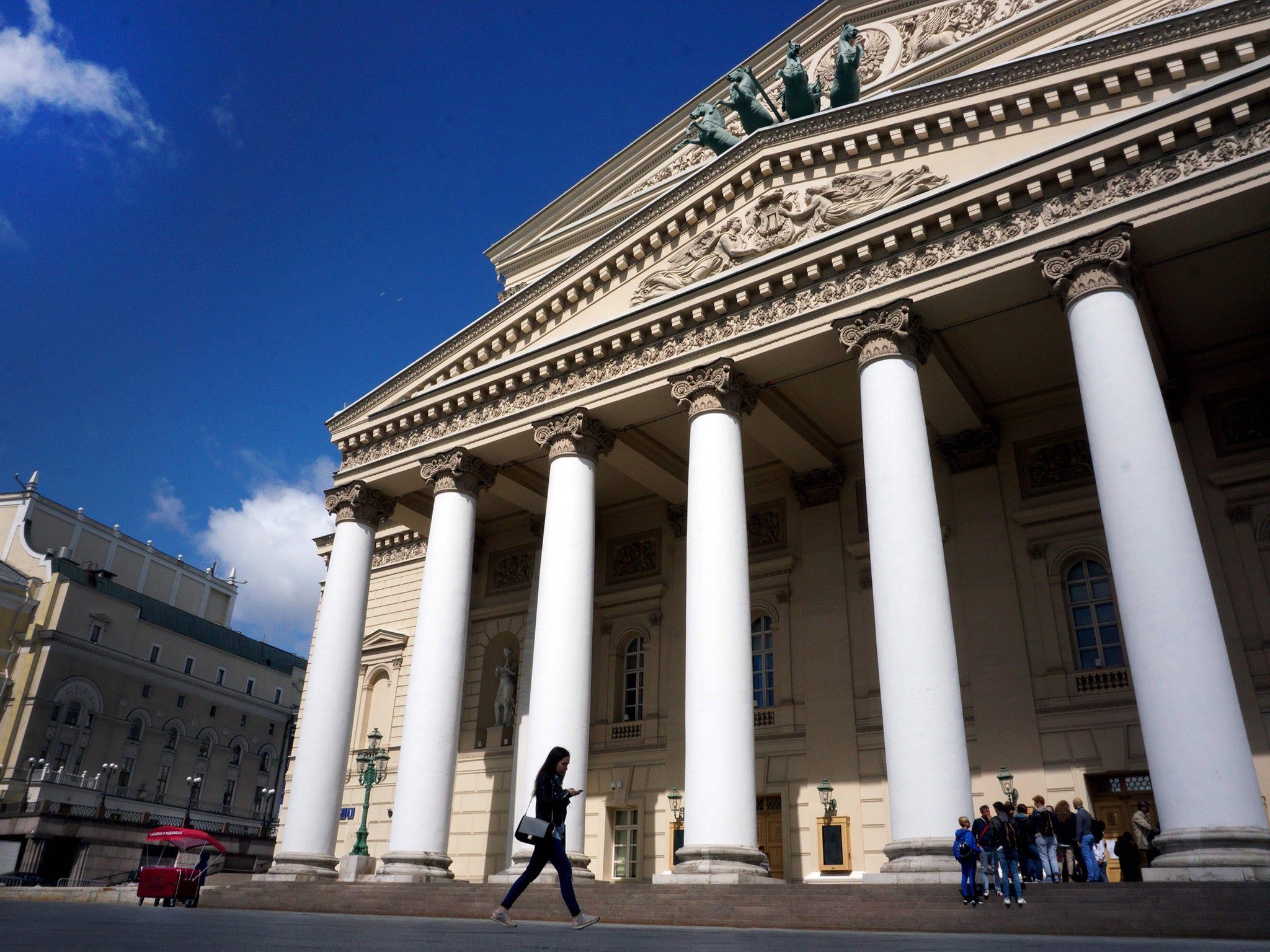
In November, the Bolshoi will stage Alexei Ratmansky’s version of Romeo and Juliet. “I am not going to hide the fact that I would dream of doing something with Ratmansky every year,” Vaziev says, but adds that he had no intention of replacing Grigorovich’s work.
Instead, he continues: “I try to build something different next to it that should be more convincing.” The Bolshoi audience, he says, can vote for its preferences at the box office.
Vaziev defended the decision to postpone Nureyev, whose rehearsals had just shifted out of the dance studios. “We are not ready, that’s all,” he said in a brief interview after the announcement. “I was very, very enthusiastic, but then when we started to rehearse on the stage, I understood that we are not ready.”
The cultural elite, though, claimed that it was censorship reminiscent of the Stalinist era – that the Ministry of Culture was spooked by the idea that Russia’s most prestigious stage would be used to promote the life of a gay man who defected from the Soviet Union. One backdrop was a giant, full-frontal nude portrait of Rudolf Nureyev, taken by Richard Avedon.
The latest uproar came just as the acid scandal seemed to be fading, even while both its main characters are sometimes under the Bolshoi roof.
Filin was put in charge of a workshop to develop choreographers, while Dmitrichenko, released from jail last year, was given a pass to take part in training classes. Vaziev, who issued the pass, says that it was in consideration of an artist’s seeking to regain his form, and that there was no talk of the dancer’s rejoining the company.
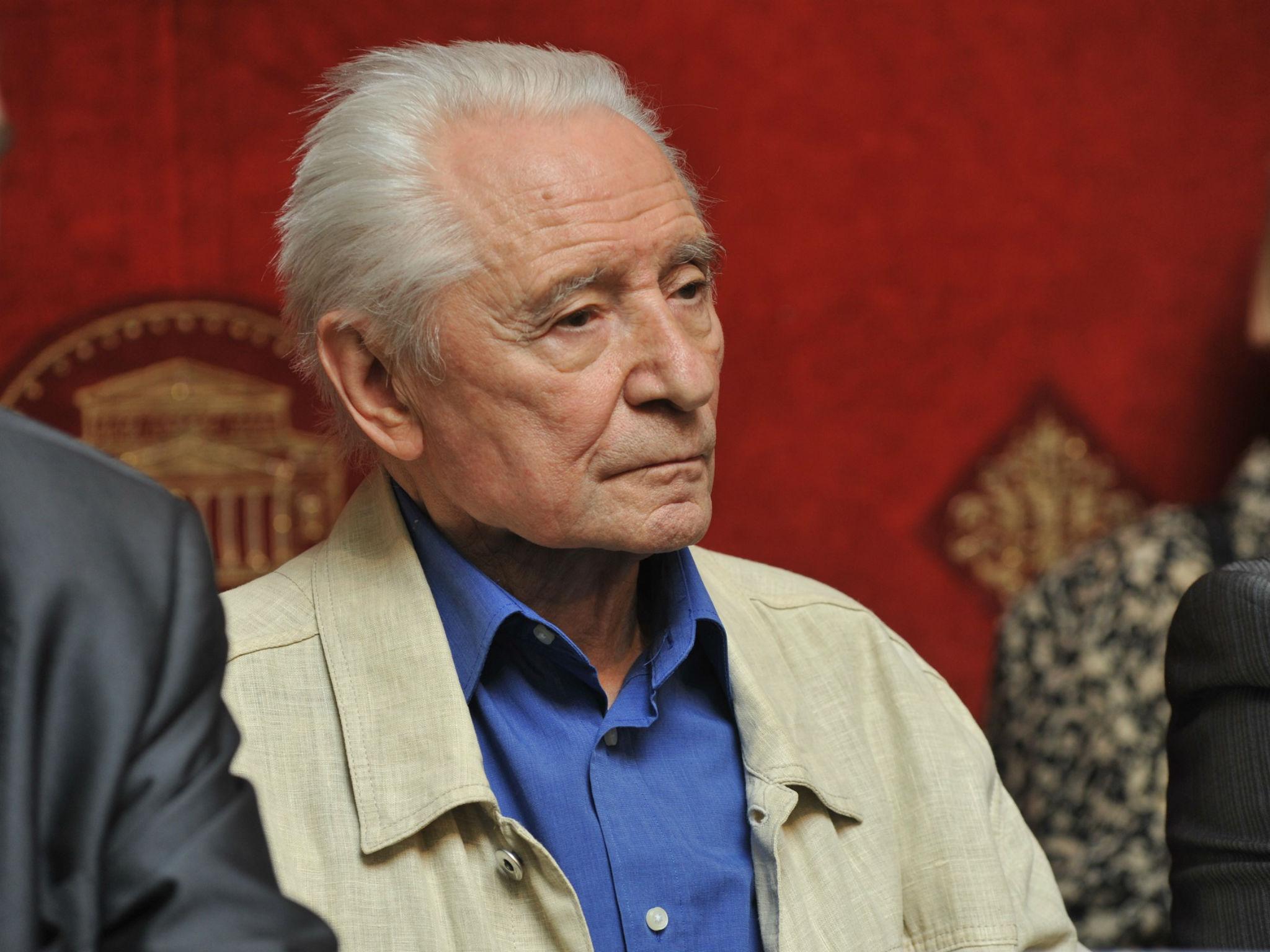
Among other changes, Vaziev, who says he spends 12 hours a day at the theatre, has given every dancer in the company the opportunity to seek even a small solo role or to suggest choreography. Twice a month he holds an open session that any dancer can attend to present an idea. Knowing all the dancers individually helps shape how he interacts with them during rehearsals, he says.
“I need artists whose eyes are on fire, and not those who have stood there in Swan Lake for 10 years,” he says. “I need them to understand that they are valued here, and that I need them.”
At the Lincoln Centre Festival, before presenting Jean-Christophe Maillot’s 2014 The Taming of the Shrew, the Bolshoi – with the Paris Opera Ballet and New York City Ballet – will be part of a possibly unprecedented three-company version of George Balanchine’s Jewels to honor its 50th anniversary.
Vaziev calls Balanchine “the most genius choreographer of the 20th century”, and hopes to present more of his work.
At his desk, Vaziev clicks on the television remote to fill the screen with a rehearsal by Alena Kovaleva and an Italian, Jacopo Tissi, two budding stars he is bringing to New York to dance the Jewels matinee.
He picks up the phone to adjust their steps, then hangs up, deciding to run down to the studio to do it in person.
Earlier, after watching Ibraimova incorporate his advice, he calls back to praise her. As he signs off, he says: “Keep going. I won’t bother you, but I’m watching you.”
© New York Times
Join our commenting forum
Join thought-provoking conversations, follow other Independent readers and see their replies
Comments